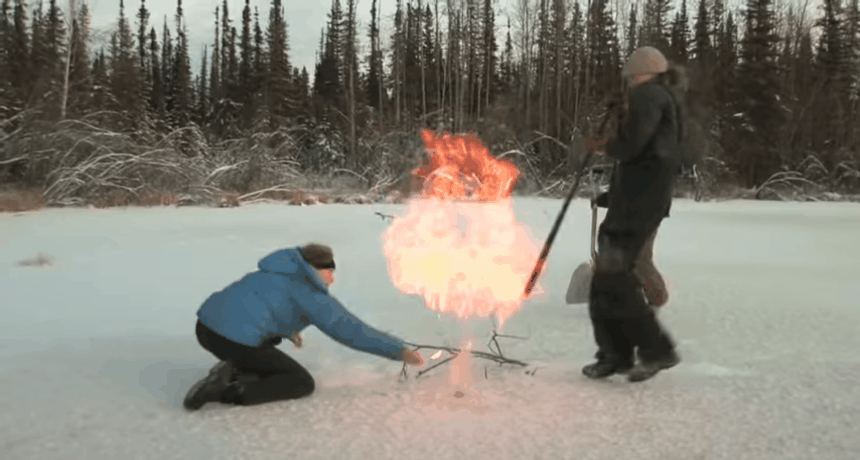Questions for ‘A strange lake belches flammable gas in the high Arctic’

Methane, a highly flammable gas, gets trapped under the ice of some Arctic lakes in winter. If a hole is punched through the ice, the escaping gas can be lit into a fireball.
University of Alaska Fairbanks